- Home
- entertainment
- news
- The first Academy Awards were held in 1929. Photos show what it was like and how much it's changed.
The first Academy Awards were held in 1929. Photos show what it was like and how much it's changed.
Zoë Ettinger,Frank Olito

- The first Academy Awards in 1929 had just 270 guests and tickets cost $5 each (about $77 today).
- Some of the award categories were the same as today's, but some were only in the 1929 ceremony.
- Today, the Academy Awards are dramatically different in size and importance.
The ceremony for the first ever Academy Awards was held in 1929 in the Blossom Room of the Hollywood Roosevelt Hotel in Hollywood, California.
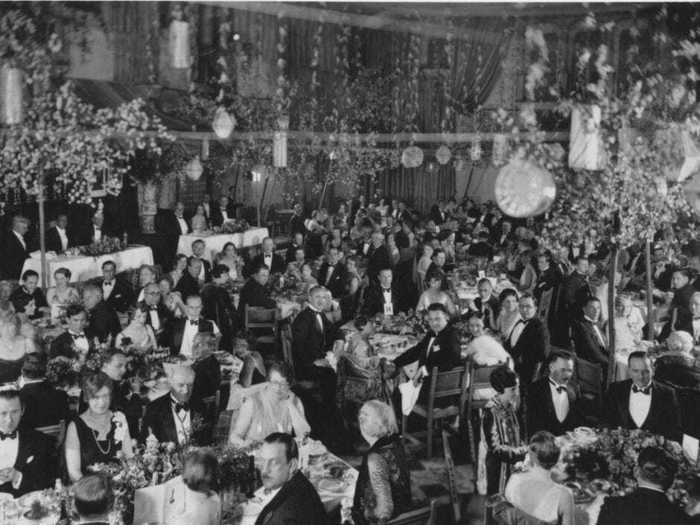
There were only 270 guests at the first Academy Awards, and tickets cost just $5 (which is actually about $77 today, adjusted for inflation). Films from 1927 and 1928 were honored at the ceremony, and 13 categories announced winners.
The hotel looks nearly the same now as it did then.
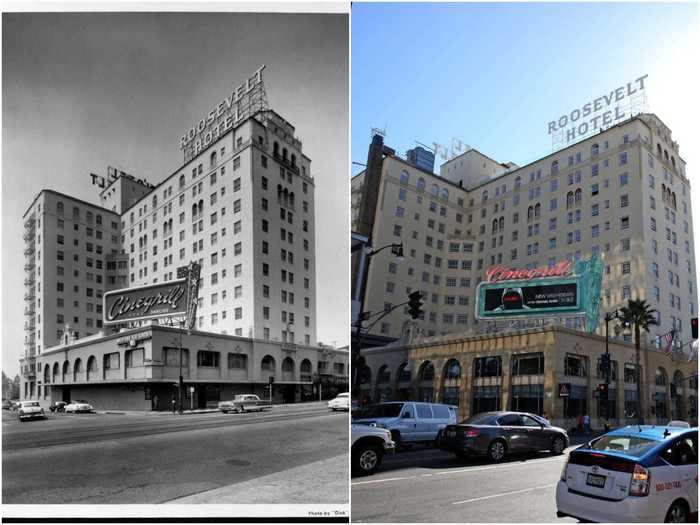
The Hollywood Roosevelt Hotel is still open today.
The ceremony was hosted by silent movie star Douglas Fairbanks and lasted just 15 minutes.
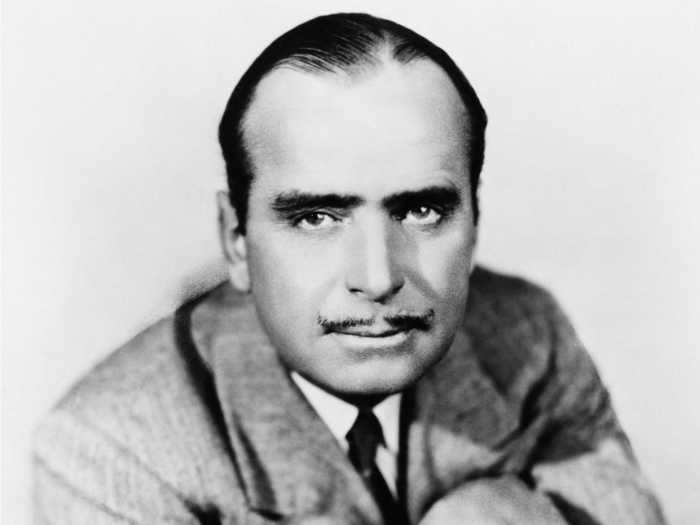
Fairbanks, who was best known for his roles in "Robin Hood" and "The Thief of Baghdad," was one of the founding members of the Academy of Motion Picture Arts and Sciences in 1927, and he hosted the first Academy Awards. He never received an Oscar himself.
This year, for the fourth time in Oscars history, there will not be a host.
Among the awards he presented, Frank Borzage won best director for a dramatic picture for his 1927 film "7th Heaven."
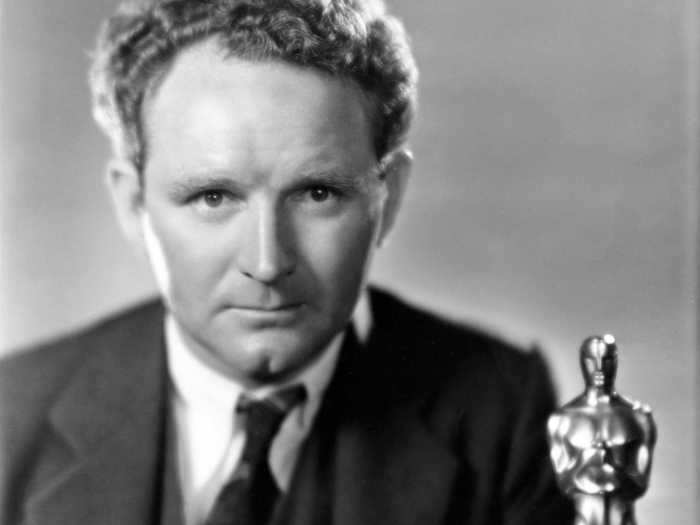
Borzage's film "7th Heaven" was a silent romantic drama starring Janet Gaynor and Charles Farrell. The film tells the story of a street cleaner who saves a young woman's life, and the two fall in love until they are torn apart by war.
The film was also nominated for outstanding picture, which is called best picture today.
Lewis Milestone won best director for a comedy picture for his 1927 film, "Two Arabian Knights."
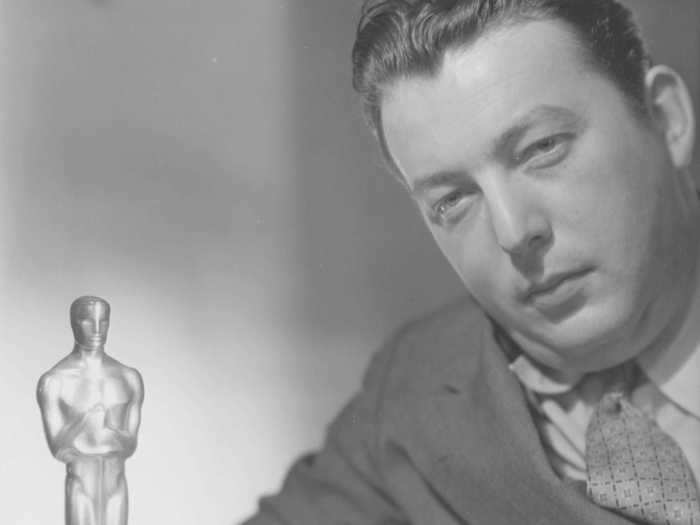
Russian-born director Lewis Milestone was the only director to ever win the award. The Academy merged the dramatic and comedic categories the next year to form best director, as we know it today.
"Two Arabian Knights" starred William Boyd, Mary Astor, and Louis Wolheim and told the story of two American soldiers on the brink during World War I.
"Wings" won the first Academy Award for best picture.
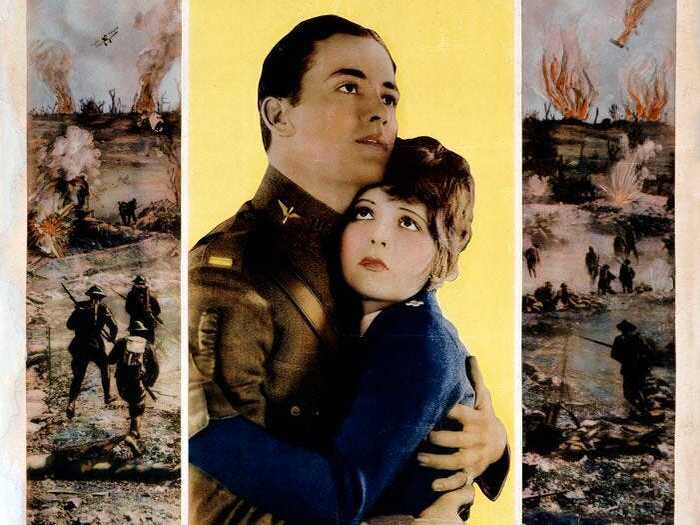
"Wings," which was directed by William A. Wellman and starred Clara Bow, Charles "Buddy" Rogers, and Richard Arlen, won best picture, then called outstanding picture. Like the previous two films, it was a silent war film. It told the story of two rivals who both enlist in the Air Service and are also in love with the same girl. The film was lauded for its technical realism, and it paved the way for future aviation films.
Charlie Chaplin was given an honorary award for his 1928 film, "The Circus."
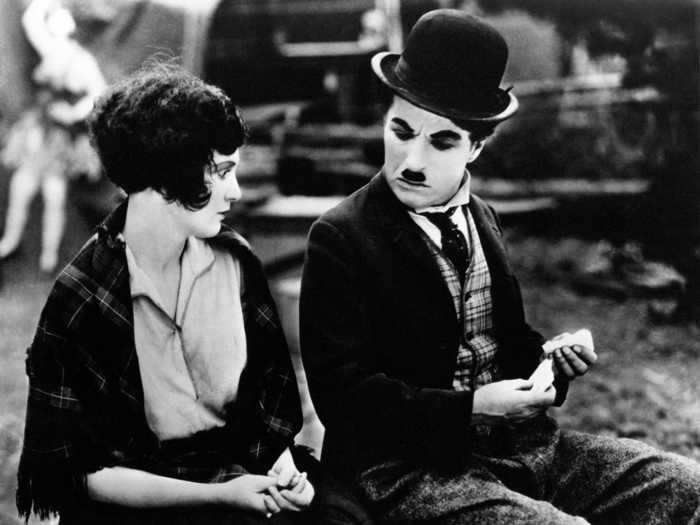
Writing, composing, directing, and starring in his 1928 silent film, "The Circus," Chaplin was given an honorary award by the Academy for his work. The film starred his famous character, "The Tramp," alongside actress Merna Kennedy. The Tramp joins the circus and falls in love with Kennedy's character, a horse rider who has a bad relationship with her father, the circus ringmaster.
Chaplin was originally nominated for best actor, best writer, and best comedy director for "The Circus," but he was removed from these categories. It is believed this was because of his unpopularity in Hollywood at the time.
Joseph Farnham won the first and only Academy Award for title writing.
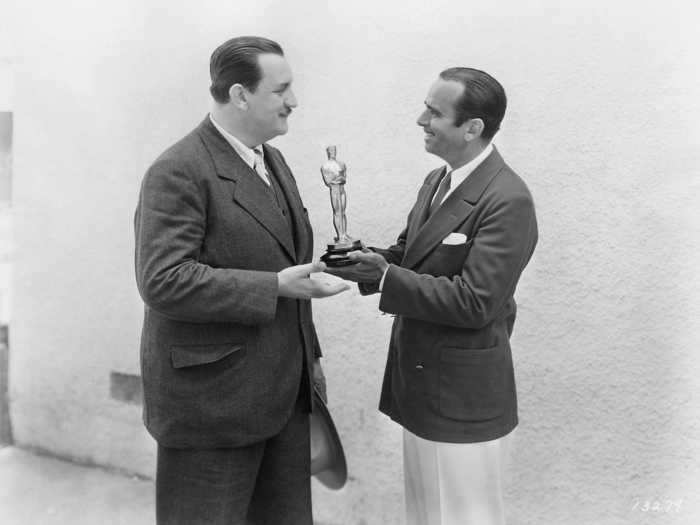
Joseph Farnham was a founding member of the Motion Picture Academy. He won the award for title writing, which was in reference to the title cards, or dialogue written on slides featured between scenes in silent films.
Host Douglas Fairbanks is pictured presenting him with the award.
Janet Gaynor won the first award for best actress for her performances in three films.
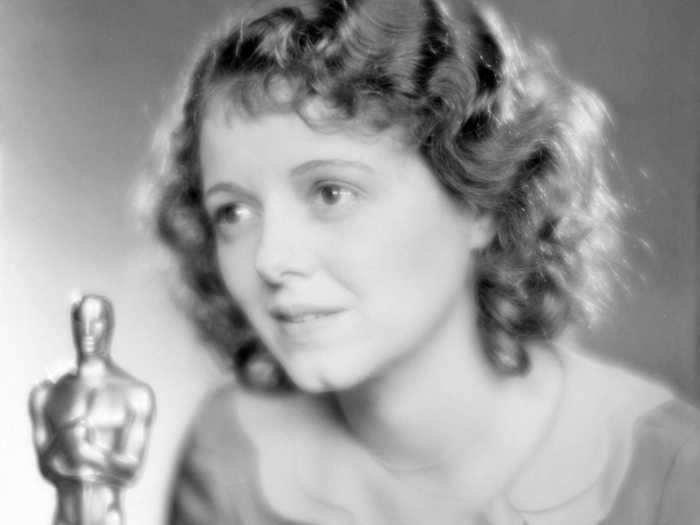
Gaynor won for her performances in "7th Heaven," "Street Angel," and "Sunrise."
Gaynor later starred in the 1937 film, "A Star is Born." Lady Gaga starred in the 2018 adaptation of the same film.
She is the only person to ever win best actress for multiple roles in a single year.
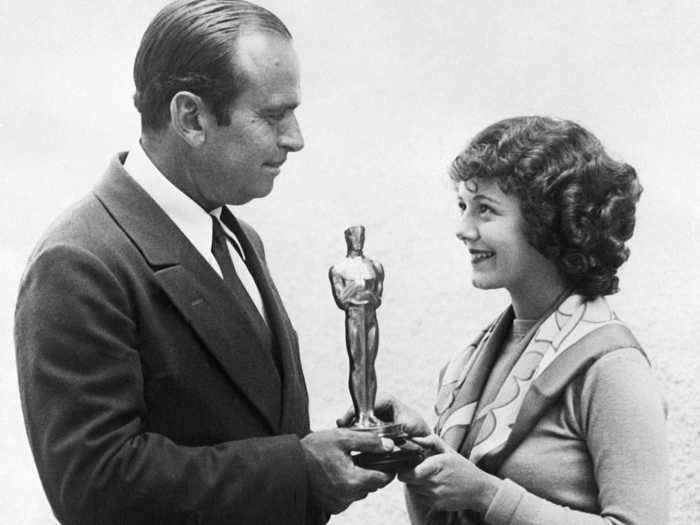
Today, the Academy does not allow for actors to be nominated for multiple roles in the same category.
Pictured, Fairbanks presents her with the award in 1929.
Emil Jannings was named best actor- he's still the only German actor in history to win the award.
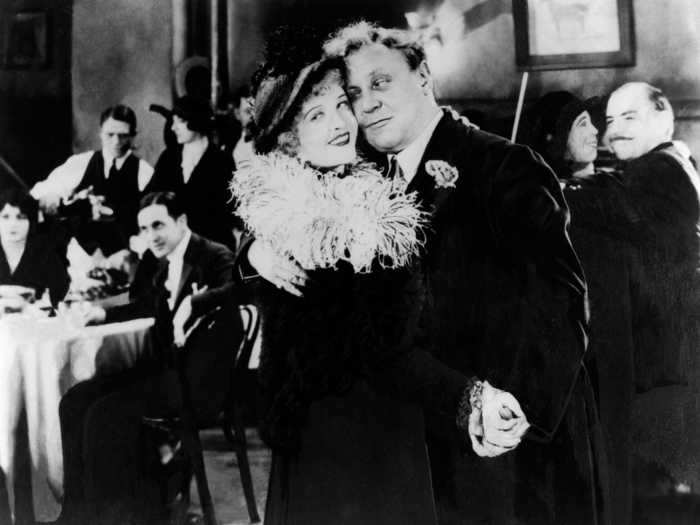
Jannings won for his performances in "The Way of All Flesh," in which he starred opposite Phyllis Haver, and "The Last Command" alongside Jack Raymond and Evelyn Brent. He is the only male actor to ever win the award for multiple roles.
William Cameron Menzies won the award for art direction for his film "Tempest."
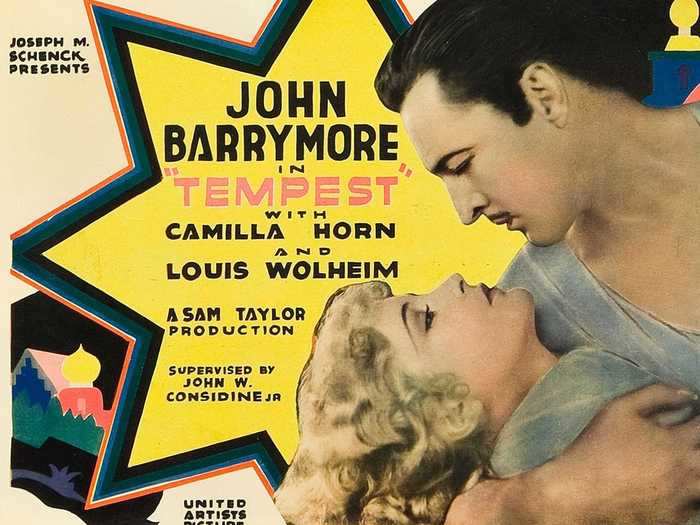
"Tempest" was a 1928 film starring John Barrymore (Drew Barrymore's grandfather) and Camilla Horn. It was set in the final days of tzarist Russia and revolved around a peasant who rises the ranks to become an army lieutenant.
Menzies also won the award in art direction for his 1927 film, "The Dove."
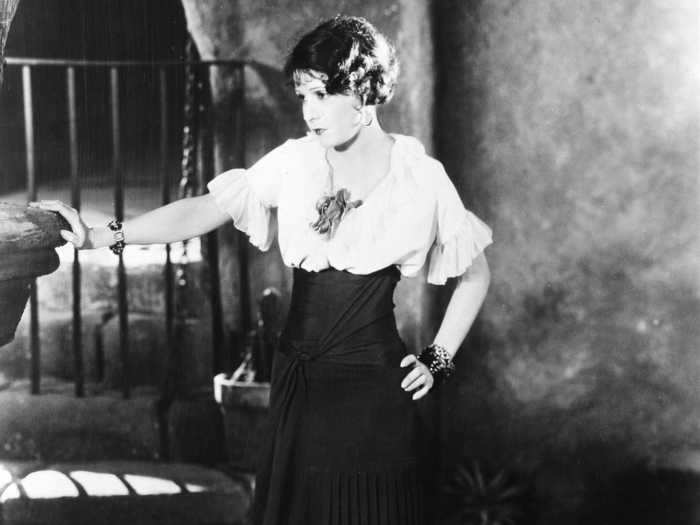
Menzies is the only person to have won his award for two films. "The Dove" starred actress Norma Talmadge as a Mexican dancer.
Charles Rosher won the best cinematography award for his work on "Sunrise."

Charles Rosher, pictured center, was a charter member of the American Society of Cinematographers and an innovator in his field. His film "Sunrise" starred Janet Gaynor, who won best actress for her performance in it. "Sunrise" is an allegorical tale about a man choosing between his wife and a mysterious new woman.
Karl Struss also won the cinematography award for "Sunrise."
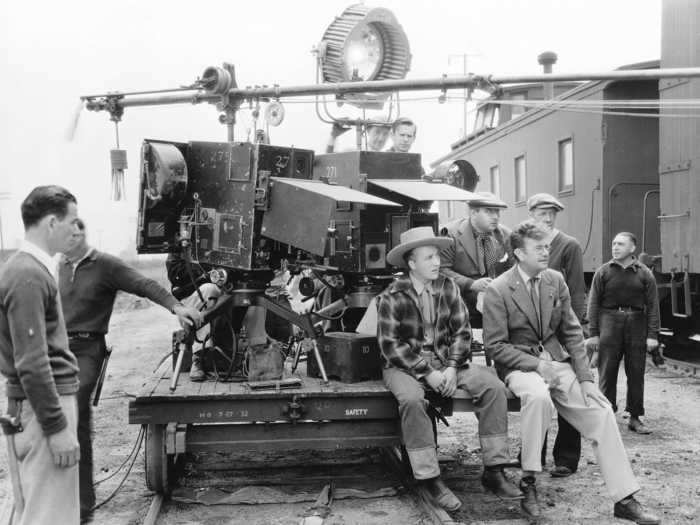
Karl Struss (sitting right) also won the award for his photography work on "Sunrise." He would go on to be nominated for the same Academy Award three more times throughout his career, but he never won again.
Roy Pomeroy won the first and last engineering effects award for his work on the 1927 film "Wings."

Roy Pomeroy was a special effects artist and director. He was the only ever recipient of the award. He also worked on the 1924 adaptation of "Peter Pan" and devised special effects for "The Ten Commandments" (1923).
Ben Hecht won the writing award for the 1927 film "Underworld."
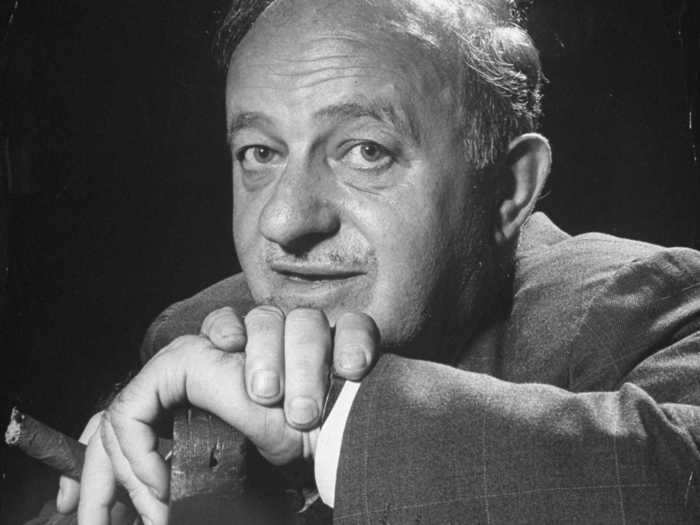
Ben Hecht was a journalist, playwright, and novelist, along with being a screenwriter. He was nominated for the same award five more times, and he won for his work on the 1935 film, "The Scoundrel." "Underworld" tells the story of a gangster kingpin, his lawyer, and the mess they get into with the kingpin's girlfriend.
Today the typical ceremony looks very different, with around 3,400 attendees and 24 categories.
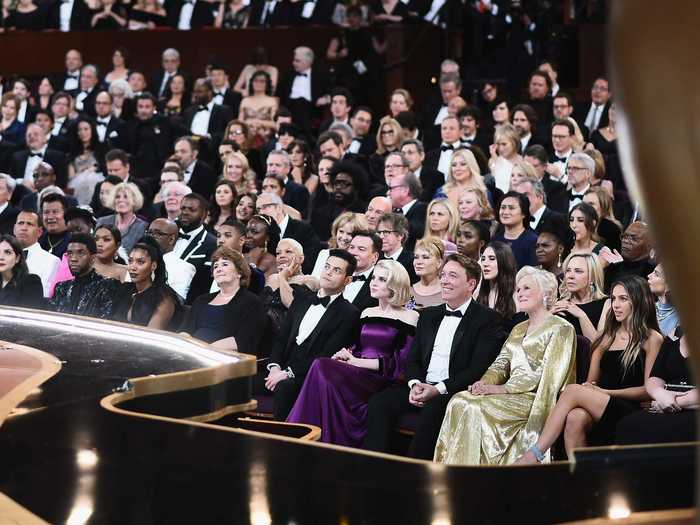
Since its inception almost 92 years ago, the Academy Awards has grown in every way, from the number of attendees to length of the show. Though the first ceremony lasted just 15 minutes, today it is closer to 3 1/2 hours.
It has also moved from the Roosevelt Hotel to the Dolby Theatre in Los Angeles.
This year's Academy Awards, however, will look very different.
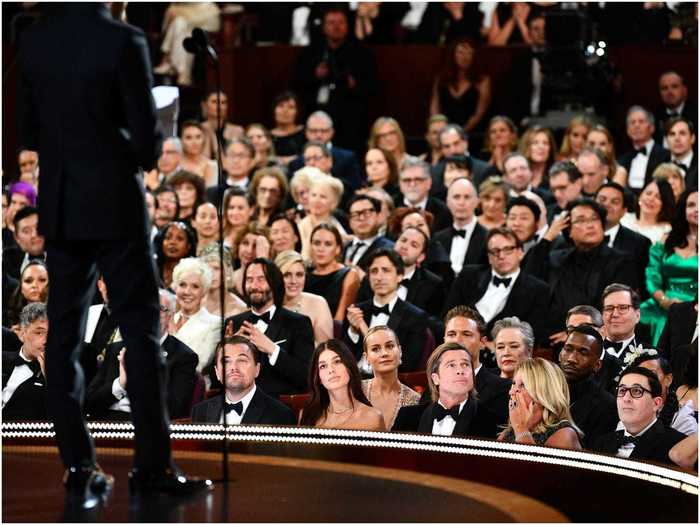
Due to the coronavirus pandemic, the Academy Awards this year will be even smaller than the first ceremony back in 1929. This year, only 170 people will be able to attend as the Academy attempts to adhere to social distancing guidelines.
Plus, the majority of the show will be hosted live from Union Station in Los Angeles for the first time. The Dolby Theatre will also be used, and there will be venues set up all over the world for nominees to safely attend instead of flying to Los Angeles. There will be no Zoom calls during the ceremony.
READ MORE ARTICLES ON
Popular Right Now
Popular Keywords
Advertisement